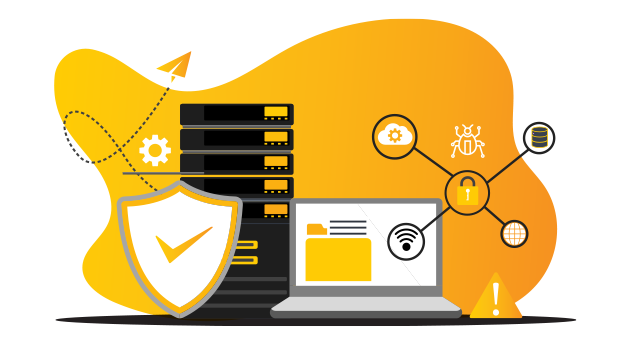In today’s fast-moving digital world, cyber risks are a growing concern for every Australian business — no matter the size or sector. From handling sensitive customer data to operating on cloud-based platforms, the reliance on digital systems brings convenience, but it also opens the door to cyber threats.
A single incident can lead to business interruption, financial loss, reputational damage and regulatory consequences. That’s why being prepared matters. At Coverforce, we help businesses reduce risk, respond quickly, and recover stronger with tailored cyber insurance solutions and expert risk advice.
Did you know?
According to the Australian Signals Directorate (ASD) Cyber Threat Report 2022-2023:
- In the 2022–23 financial year, the Australian Cyber Security Centre (ACSC) received nearly 94,000 reports of cybercrime—averaging one report every 6 minutes.
- The cost of cybercrime to businesses increased by 14% compared to the previous year.
- Small businesses experienced an average financial loss of $46,000 per incident, while medium businesses faced an average loss of $97,200.

Common Types of Cyber Threats
From sophisticated criminal networks to opportunistic hackers, the digital environment has become a prime target for cybercrime — and no business is too small or too large to be affected.
Understanding the most common cyber threats is the first step toward strengthening your business’s digital defences.
Below are some of the key risks businesses are encountering today:
- Email or Phishing Scam - these are fraudulent emails, messages (Smishing) or calls (Vishing) that trick you into performing specific actions such as giving out personal, business or financial details.
- Malware - malicious software including viruses, spyware, trojans and worms used to steal confidential information, hold your system or device ransom or install damaging programs onto your device without your knowledge.
- Ransomware Scam - a type of malicious software that makes your computer or files unusable unless you pay a ransom fee.
- Online Identity Fraud - this involves someone using another individual's personal information without consent, to gain access to information or gain other benefits.
- Privacy or Data Breach - this happens when personal or business information is access, disclosed without authorisation or lost.
Prevalence of Cyber Attacks
Symantec's 'Norton SMB Cyber Security Survey', conducted late 2017, revealed that email or phishing scams were the most prevalent type of cyber threat affecting SME businesses in Australia.
| Type of Cyber Attack | Prevalence |
| Email or Phishing Scam | 54% |
| Hacking Attempt | 36% |
| Ransomware Scam | 28% |
| Online Identity Fraud | 12% |
| Privacy or Data Breach | 11% |
| Employee posting confidential information on social networking site | 5% |
| An accidental loss of a laptop or well-meaning employee distributing confidential data unintentionally | 5% |
| An internal threat such as an employee stealing data on a USB key or leaking information to competitors | 4% |
























